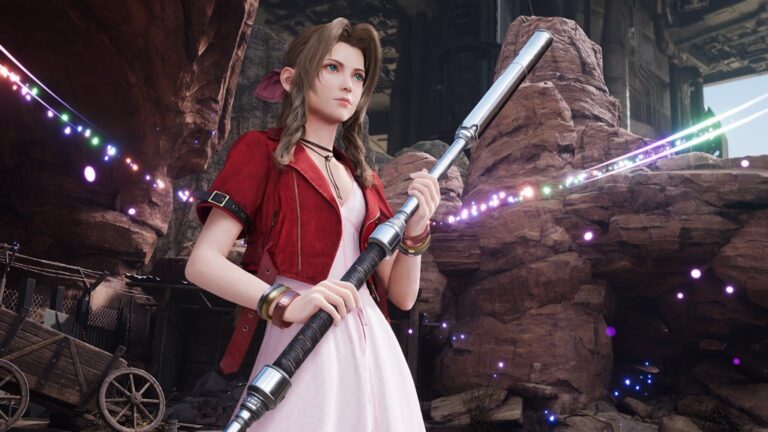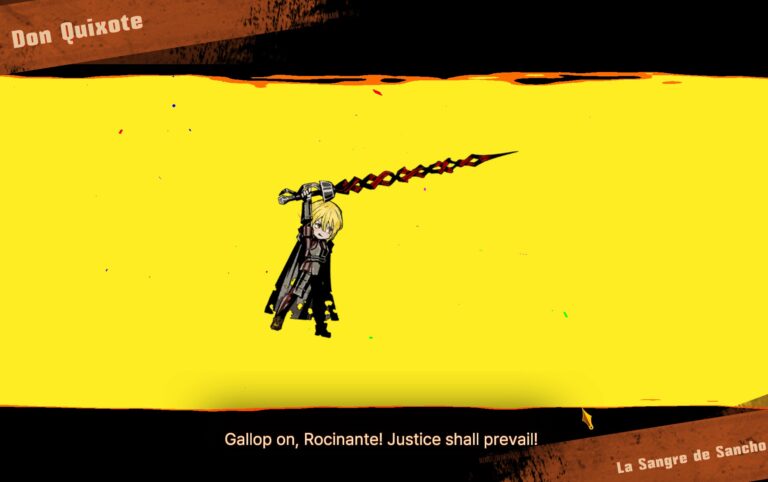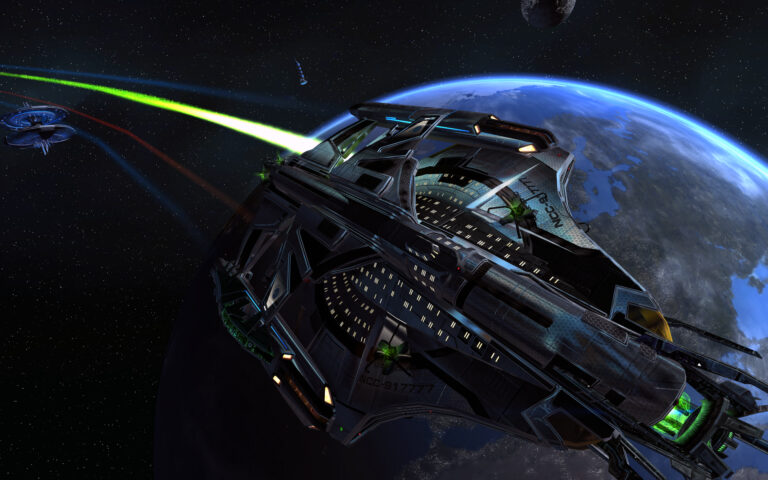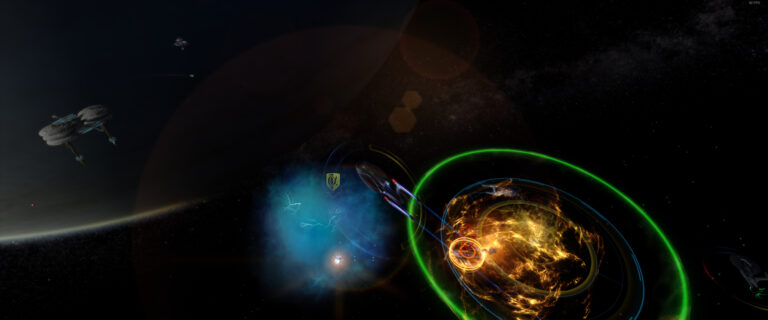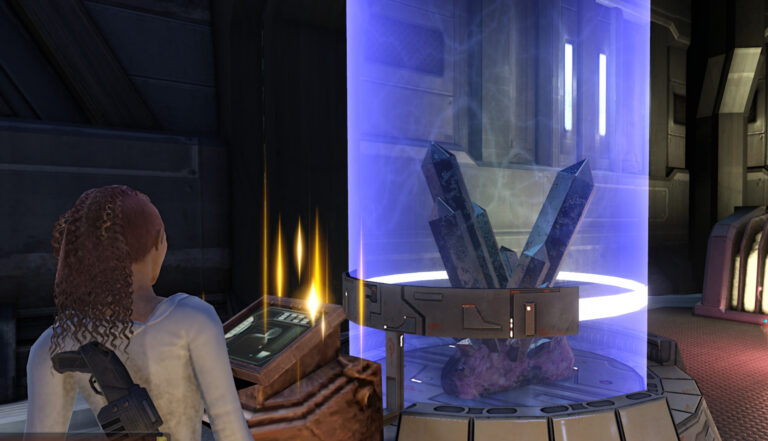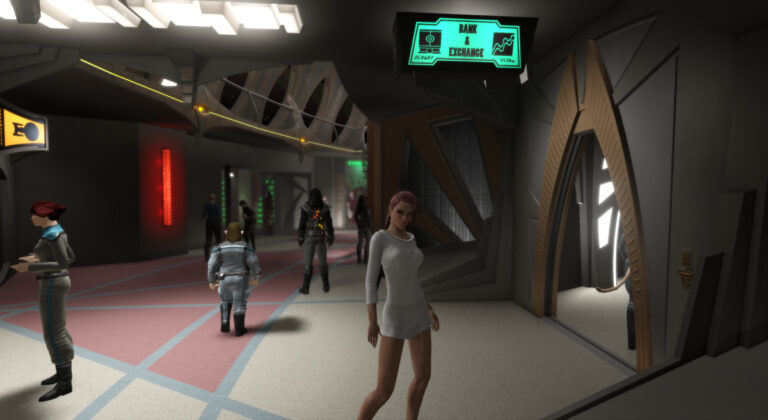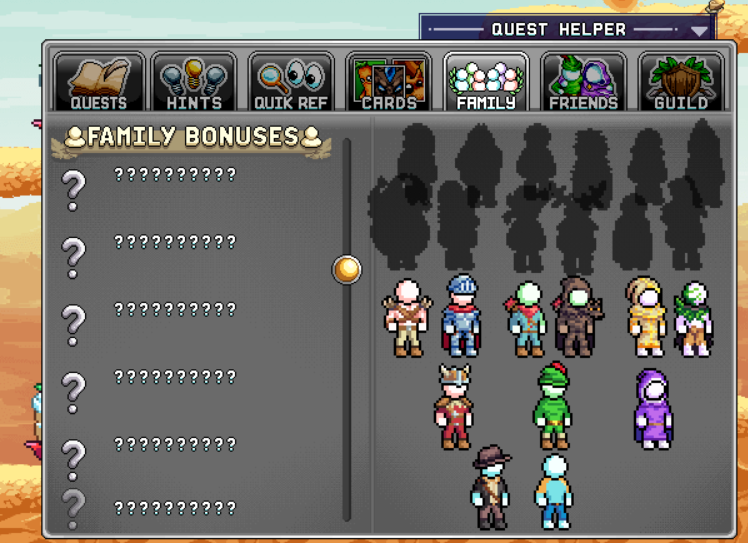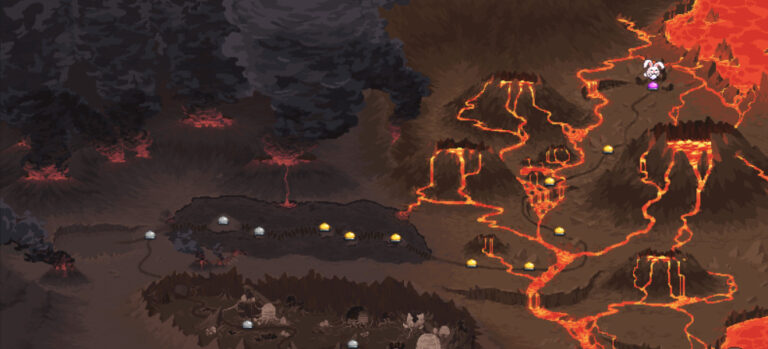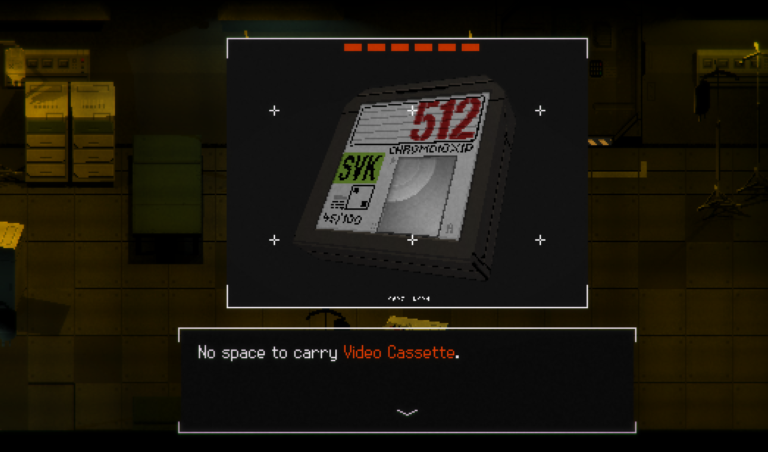There’s a lot in the world of Final Fantasy. I mean a lot. There are a total of 13 mainstream non-MMO games and a ton of spinoffs like the Crystal Chronicles, Tactics, etc. I’ve recently gone on a binge of replaying some of the older titles and it’s made me go huh – how would you even get started in the series. If you started for instance at FF8, it would be so confusing. I wouldn’t think much of the series. I started with FF1 and FF3 (US) and skipped until 10, 12, and then went back to 7 and 8 which made them all make a lot more sense than if I just started with 7 or 8. So I’ve put together my thoughts on the best order to play and various issues with some of the games. These are my opinions and are not universally shared. For some,…
By David Piner

